24+ Years Experience
Specialist Epoxy Resin Flooring

Enquire Today For A Free No Obligation Quote
Epoxy resin flooring is a popular choice for commercial and industrial spaces due to its durability, versatility, and aesthetic appeal. However, when it comes to maintaining a safe working environment, slip resistance becomes a crucial consideration. Understanding the importance of slip-resistant coatings and their role in epoxy resin flooring is essential.
Slip-resistant coatings are specially formulated treatments that provide traction and reduce the risk of slips and falls. They are necessary in areas that are prone to wet or oily conditions, such as kitchens, manufacturing facilities, and warehouses. By improving grip and traction, slip-resistant coatings ensure the safety of employees and visitors.
Different types of slip-resistant coatings are available for epoxy resin flooring, including abrasive coatings, textured coatings, and aggregate coatings. Each type offers unique benefits and levels of slip resistance. Factors like the level of slip resistance required, traffic patterns, chemical resistance, and maintenance requirements should be considered when choosing the appropriate coating.
Applying slip-resistant coatings on epoxy resin flooring involves proper surface preparation, application techniques, and drying time. Following the correct application process ensures the effectiveness and longevity of the slip-resistant coating.
To maintain and clean slip-resistant epoxy resin flooring, regular cleaning practices, such as sweeping and mopping, are essential. knowing how to deal with stains and spills promptly is crucial to prevent any damage to the coating.
By understanding epoxy resin flooring and the importance of slip-resistant coatings, you can make informed decisions to create a safe and functional environment for your facility.
Epoxy resin flooring is a durable and versatile option commonly used in commercial and industrial settings. It is made from a combination of epoxy resin and a hardening agent, creating a strong, seamless surface that can withstand heavy traffic and chemical spills. Epoxy resin flooring offers resistance to stains, moisture, and abrasion. Regular cleaning and proper maintenance are essential to prolong its lifespan and maintain its appearance. Knowing the composition, benefits, and maintenance of epoxy resin flooring is important in making informed decisions for flooring needs.
Epoxy resin is a material used in flooring that provides durability and protection. It consists of epoxy resin and a hardening agent, resulting in a strong and adhesive surface. Epoxy resin flooring is renowned for its seamless finish, high gloss, and resistance to chemicals. It is commonly found in commercial and industrial environments because of its ability to withstand heavy traffic and harsh conditions. Additionally, it is popular in residential spaces due to its attractive appearance and easy maintenance. Epoxy resin is a versatile material that can be tailored with different colours and designs to accommodate various applications.
Epoxy resin flooring offers numerous benefits that make it a popular choice for various settings. It is known for its exceptional durability and ability to withstand heavy traffic, making it ideal for industrial and commercial spaces. Additionally, it is highly resistant to chemicals, ensuring that it remains unaffected by spills and stains. Maintenance is also easy, as regular sweeping and occasional mopping are sufficient to keep it in excellent condition. With slip-resistant coatings, epoxy resin flooring provides a safe and secure surface, reducing the risk of slips and falls. Moreover, it offers a wide range of design options, allowing for the creation of visually appealing and customizable floors. Overall, epoxy resin flooring combines durability, safety, and aesthetics, making it a practical and attractive flooring choice for various applications.
Choosing the appropriate slip-resistant coating for epoxy resin flooring is essential to ensure safety and prevent accidents. Slip-resistant coatings play a crucial role for the following reasons:
Enhance the safety and functionality of your epoxy resin flooring with slip-resistant coatings. Explore the diverse options available to you in this section, from abrasive coatings that provide a reliable grip to textured coatings that offer a unique tactile experience. Discover the benefits of aggregate coatings, which use different types of materials to enhance slip resistance. Make informed decisions to ensure the longevity and security of your epoxy resin flooring.
Abrasive coatings are used to create slip-resistant surfaces on epoxy resin flooring. They are designed to provide traction and prevent accidents in areas where slips and falls are a concern. These coatings consist of abrasive particles embedded in a resin matrix, which creates a rough texture on the surface of the flooring. This texture increases friction and reduces the risk of slipping.
Here is a table summarising the key characteristics of abrasive coatings for epoxy resin flooring:
| Characteristics | Description |
| Durability | Abrasive coatings enhance the durability of the flooring by providing a protective layer that can withstand heavy foot traffic and abrasion. |
| Slip Resistance | The rough texture created by abrasive particles improves slip resistance, making the flooring safer for both pedestrians and vehicles. |
| Appearance | Abrasive coatings can be transparent or coloured, allowing for customisation of the flooring’s aesthetic while providing slip resistance. |
| Application | Abrasive coatings can be applied to existing epoxy resin flooring or incorporated during the initial installation process. |
When considering abrasive coatings for epoxy resin flooring, factors such as the level of slip resistance required, traffic and usage patterns, chemical and stain resistance, and maintenance and cleaning should be taken into account.
Abrasive coatings are a valuable addition to epoxy resin flooring, offering enhanced safety and durability. When selecting abrasive coatings, it is important to consider specific needs and requirements to ensure the best outcome for the flooring’s functionality and appearance.
Textured coatings are a popular option for enhancing slip-resistance on epoxy resin flooring. When choosing textured coatings, there are some key factors to consider:
By considering these factors, you can choose the right textured coating to enhance the safety and functionality of your epoxy resin flooring.
Aggregate coatings are a type of slip-resistant coating used on epoxy resin flooring. These coatings consist of small aggregate particles that are embedded into the epoxy resin, providing a rough and textured surface. Here are some important points to consider about aggregate coatings:
The use of aggregate coatings dates back to ancient times when early civilizations realized the need for slip resistance in flooring surfaces. In ancient Rome, crushed stones were mixed with clay to create textured surfaces that provided better traction. Over the years, advancements in technology and materials have led to the development of modern aggregate coatings for epoxy resin flooring, offering improved safety and durability in various commercial and industrial settings.
`Choosing the appropriate slip-resistant coatings for epoxy resin flooring is essential, and there are various factors to take into account. This section will focus on the factors to consider when selecting slip-resistant coatings. We will examine the level of slip resistance needed, traffic and usage patterns, chemical and stain resistance, as well as maintenance and cleaning considerations. By exploring each sub-section, we aim to provide you with the necessary information to make an informed decision.`
When selecting slip-resistant coatings for epoxy resin flooring, one crucial factor to consider is the required level of slip resistance. This depends on the particular environment and usage of the flooring. For high-traffic areas, like commercial kitchens or industrial facilities, a higher level of slip resistance is typically necessary to minimise the risk of accidents and injuries. Conversely, in residential or office spaces with lower foot traffic, a lower level of slip resistance may be sufficient. It is important to assess the specific needs of the area and consult with professionals to determine the appropriate level of slip resistance required for the epoxy resin flooring.
When considering slip-resistant coatings for epoxy resin flooring, it is crucial to assess the traffic and usage patterns of the area. Here are some factors to consider:
By considering these factors, you can choose the appropriate slip-resistant coating that will effectively address the specific traffic and usage patterns of the area.
Chemical and stain resistance is an important consideration when selecting slip-resistant coatings for epoxy resin flooring. It helps protect the floor from damage caused by chemicals, spills, and stains.
Here is a table that demonstrates the significance of chemical and stain resistance in slip-resistant coatings for epoxy resin flooring:
| Importance of Chemical and Stain Resistance |
|---|
| 1. Protection against corrosive chemicals and solvents |
| 2. Prevention of stain penetration and discoloration |
| 3. Durability and longevity of the flooring surface |
| 4. Easy cleaning and maintenance |
| 5. Resistance to oil, grease, and other substances |
It is vital to consider the required level of chemical and stain resistance to ensure that the chosen coating can withstand the specific environment and usage patterns. Regular cleaning and maintenance practices are also crucial for preserving the chemical and stain resistance properties of the slip-resistant coating.
Proper maintenance and cleaning are essential for ensuring the longevity and performance of slip-resistant epoxy resin flooring. To maintain the flooring, follow these steps:
Regular maintenance and cleaning have historically been crucial for preserving the integrity and appearance of epoxy resin flooring. It helps maintain a safe and clean environment while extending the lifespan of the flooring system.
If you’re looking to make your epoxy resin flooring slip-resistant, we have the solution for you. This section will provide you with all the information you need on how to apply slip-resistant coatings on your epoxy resin flooring. We will guide you through each step, from surface preparation to the application process and curing/drying time, to ensure a safe and reliable finish. Get ready to transform your flooring into a non-slip haven!
Preparing the surface is a crucial step when applying slip-resistant coatings on epoxy resin flooring. Follow these steps for effective surface preparation:
Pro-tip: It’s essential to ensure the surface is properly prepared to maximize the effectiveness and longevity of the slip-resistant coating. Following proper surface preparation steps will result in a more durable and safer epoxy resin flooring.
The application process for slip-resistant coatings on epoxy resin flooring involves several key steps to ensure a successful installation.
1. Surface Preparation: Thoroughly clean and prepare the substrate by removing any dirt, grease, or contaminants. Use appropriate tools such as grinders or shot blasters to create a roughened surface for better adhesion.
Apply the slip-resistant coating using a roller or trowel, ensuring even coverage. Follow the manufacturer’s instructions for mixing ratios and application techniques.
3. Curing and Drying Time: Allow the coating to cure and dry according to the product specifications. This may take several hours or days, depending on the coating and environmental conditions.
Properly applying slip-resistant coatings is critical to maximizing the safety and durability of epoxy resin flooring. Ensuring a clean and prepared surface, following application instructions, and allowing sufficient drying time are essential for optimal results.
Slip-resistant coatings have been used for decades in various industries to enhance safety and prevent accidents caused by slippery surfaces. Over time, advancements in technology and materials have led to the development of more efficient and durable coatings, ensuring better protection for workers and the general public in various environments.
Maintaining and cleaning slip-resistant epoxy resin flooring is essential to ensure its durability and safety. This section will discuss effective practices for regular cleaning and maintenance, as well as practical solutions for dealing with stains and spills. We will explore easy-to-implement strategies that will keep your epoxy resin flooring looking immaculate, while also highlighting the significance of proper maintenance in preventing accidents and preserving the integrity of the surface. Let’s now begin maximizing the lifespan and performance of your slip-resistant epoxy resin flooring!
Regular cleaning and maintenance practices are essential for maintaining the longevity and appearance of slip-resistant epoxy resin flooring. Follow these steps:
A manufacturing facility implemented a regular cleaning and maintenance routine for their slip-resistant epoxy resin flooring. Consequently, they noticed a significant decrease in slip and fall accidents and an improvement in the cleanliness and appearance of the floor.
To effectively deal with stains and spills on epoxy resin flooring, follow these steps:
1. Act quickly: Clean up spills as soon as possible to prevent staining and potential damage to the floor.
2. Remove solids: If there are solid materials, gently scrape them off using a plastic scraper or similar tool.
3. Blot liquids: For liquid spills, immediately blot them with a clean cloth or paper towel to absorb as much liquid as possible.
4. Clean with mild detergent: Mix a solution of warm water and mild detergent, then use a soft bristle brush or mop to gently scrub the stained area.
5. Rinse thoroughly: After cleaning, rinse the area with clean water to remove any detergent residue. Ensure the area is completely dry before allowing foot traffic.
6. Consider professional help: If the stain is stubborn or persistent, it may be best to consult with a professional cleaner or flooring specialist for specialized treatment.
Yes, Resincoat Anti-Slip Floor Paint is specifically designed for high foot traffic areas, making it a durable and safe flooring option.
Yes, Resincoat Anti-Slip Floor Paint is formulated with a graded silica sand additive to provide slip resistance, reducing the risk of accidents in wet conditions.
Resincoat Anti-Slip Floor Paint is a high-build, 100% solids epoxy floor coating, ensuring high durability to withstand medium to heavy use in industrial or commercial settings.
Proper preparation is crucial for optimal results. The surface must be clean, sound, and free from contaminants. Cracks, chips, and potholes should be repaired, and the surface should be abraded to provide a key for the coating to adhere to. Moisture must also be suppressed.
Yes, Resincoat Anti-Slip Floor Paint meets and exceeds slip resistance guidelines set by the Health and Safety Executive in the UK, ensuring a safe and skid-resistant surface.
Yes, Resincoat Anti-Slip Floor Paint is available in a range of grades from fine to coarse, making it suitable for wet conditions where slip resistance is essential.

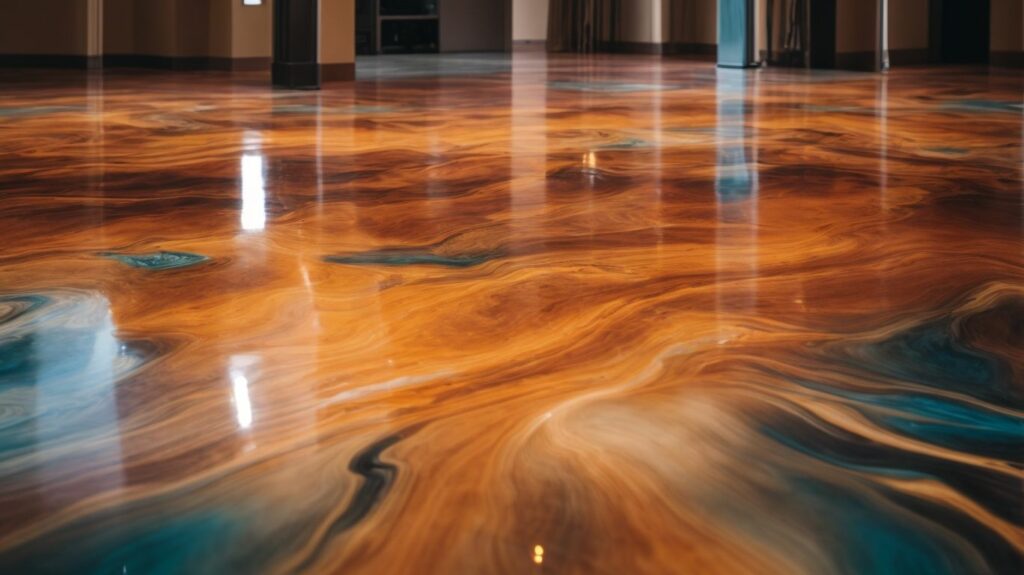
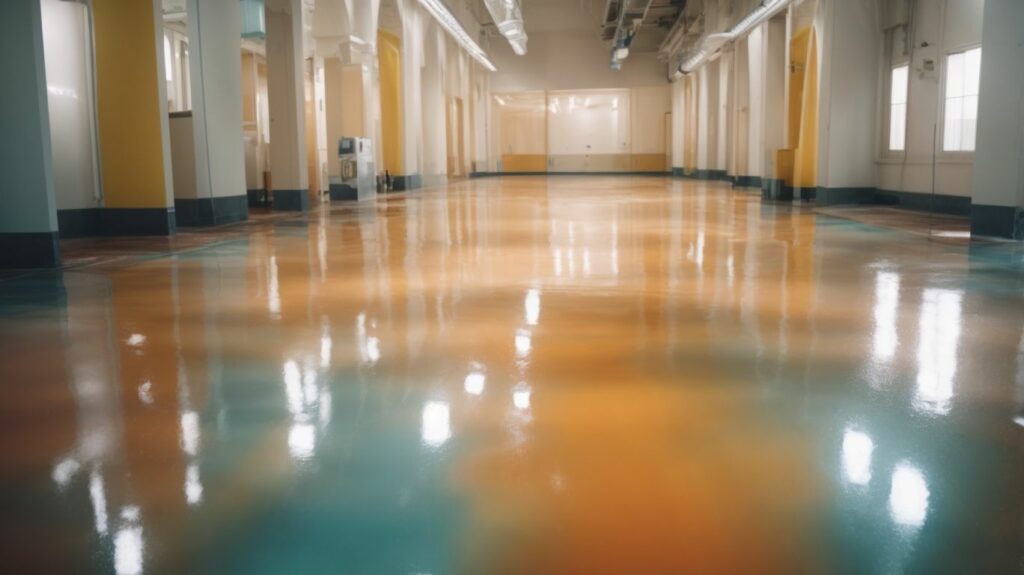



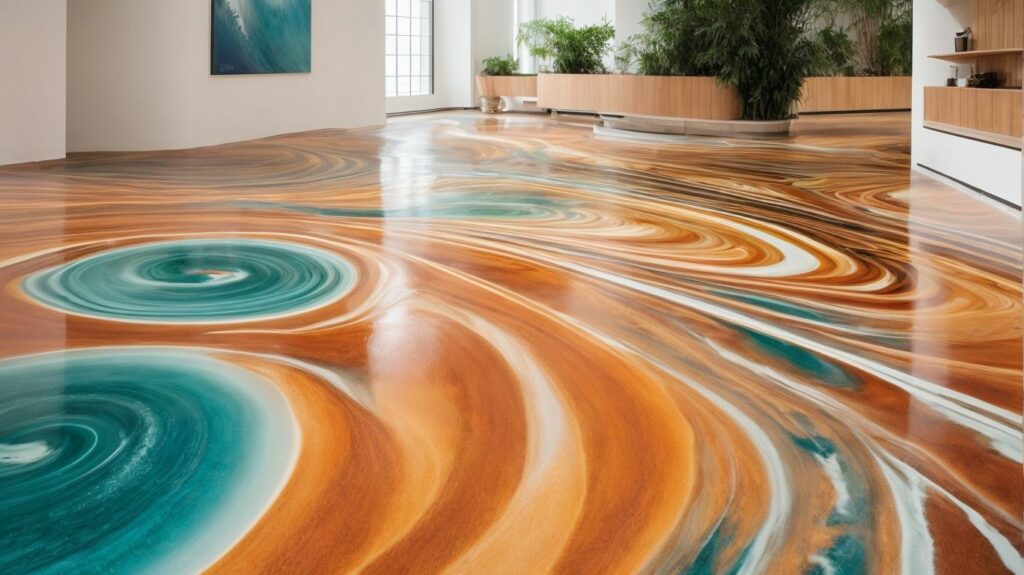

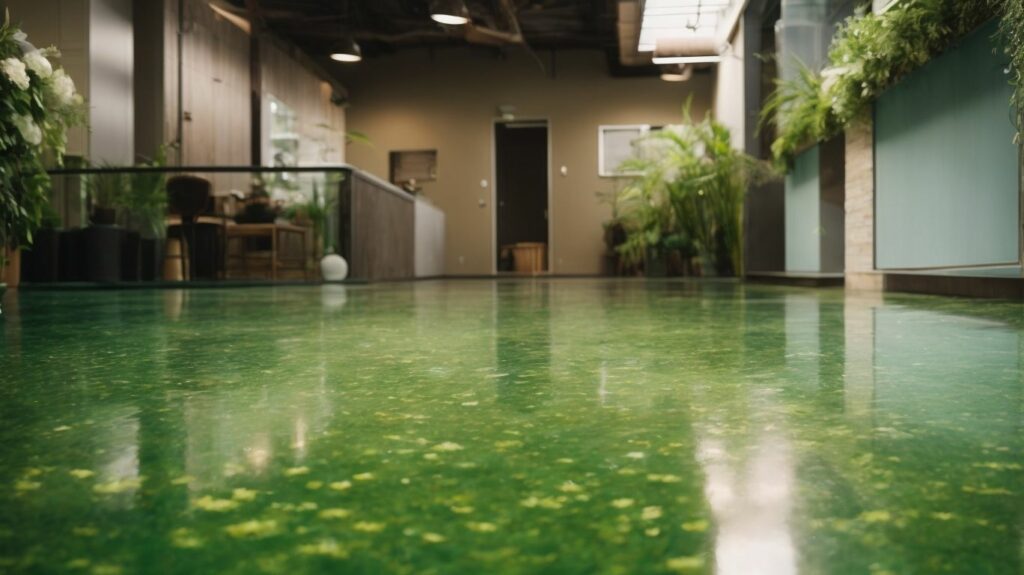

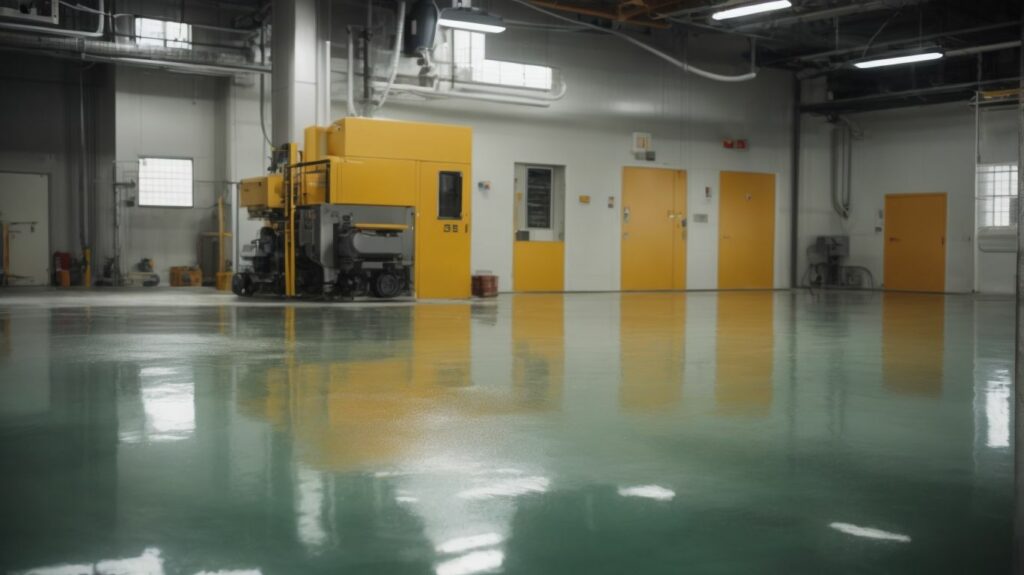




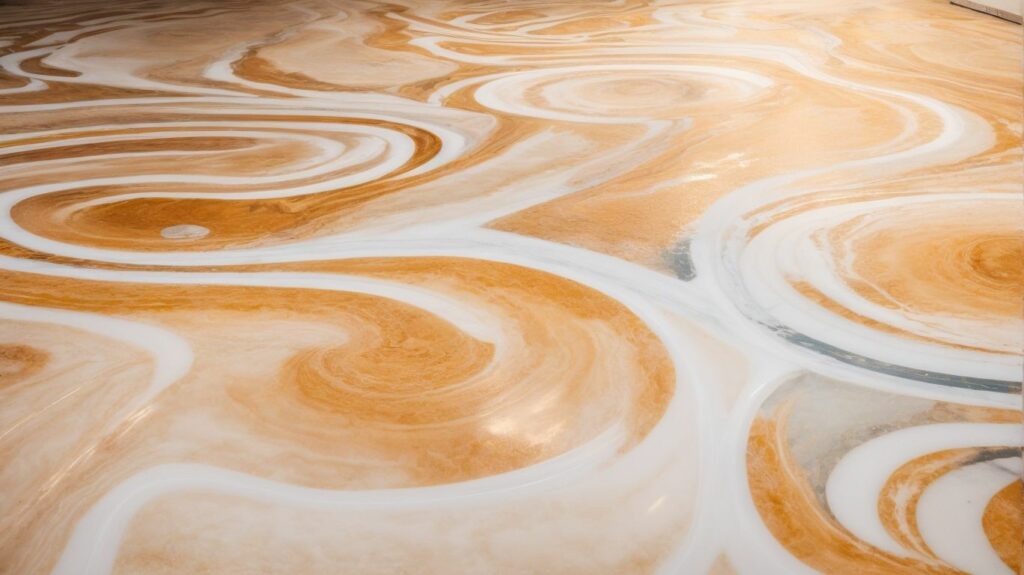

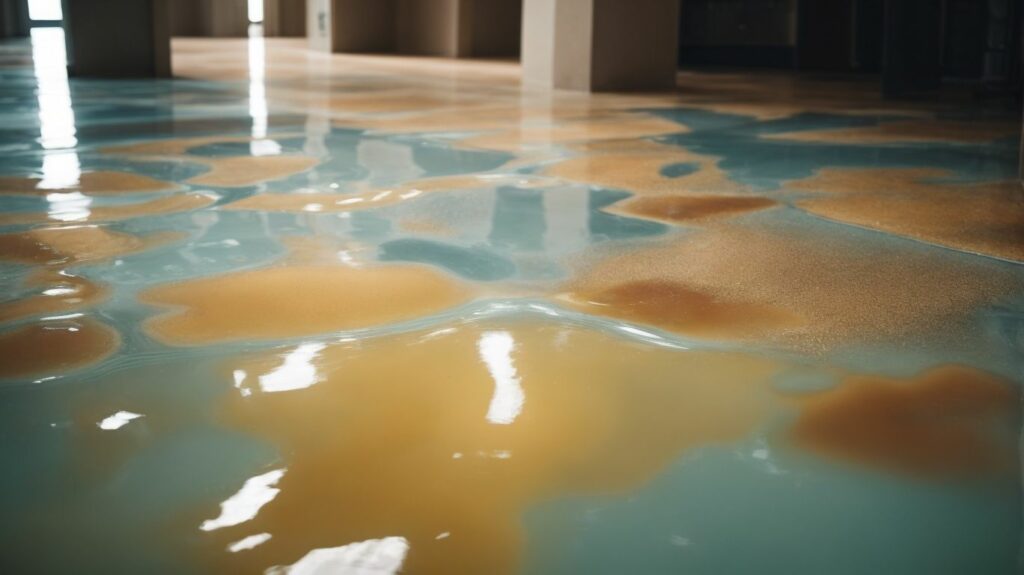
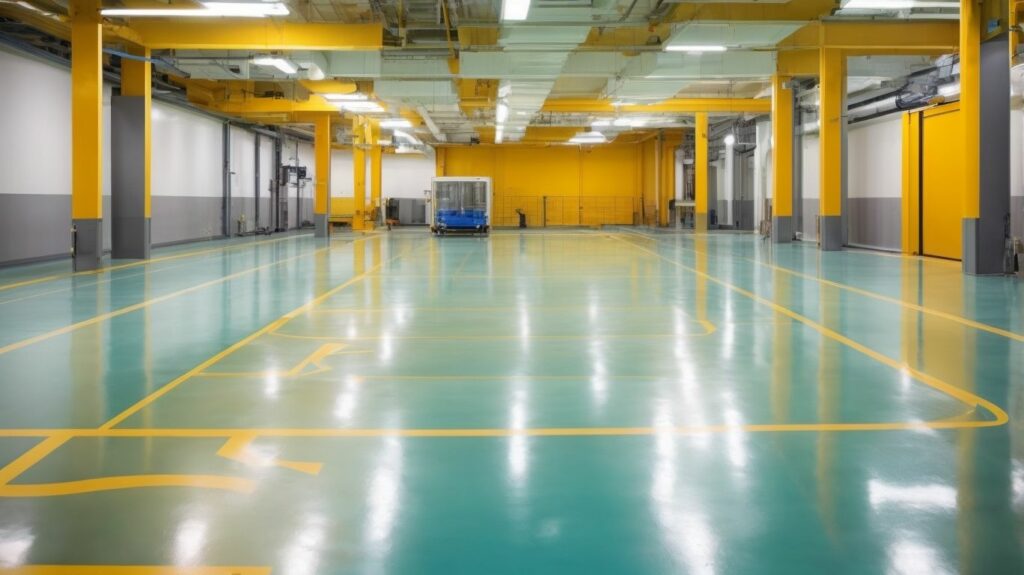


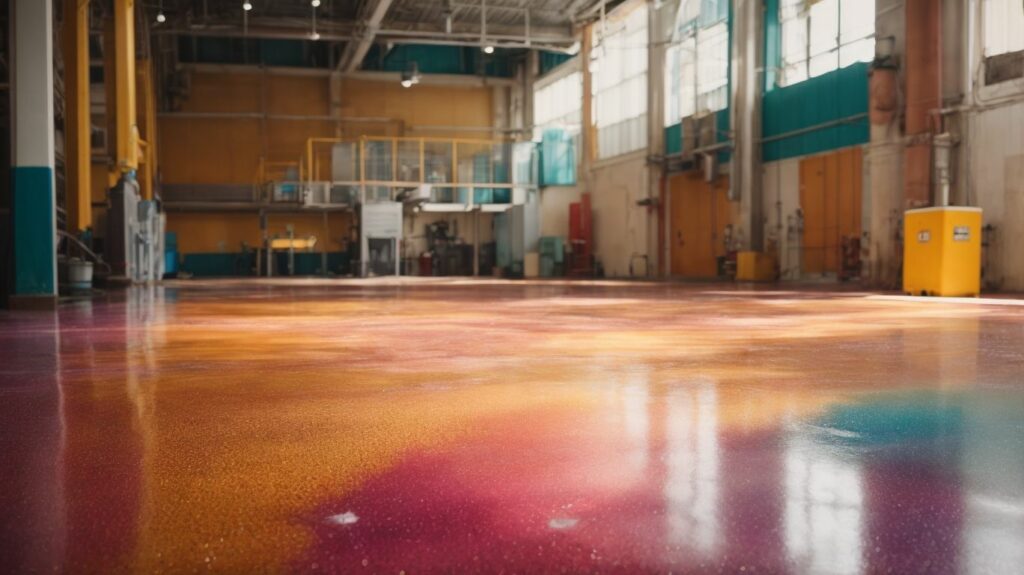
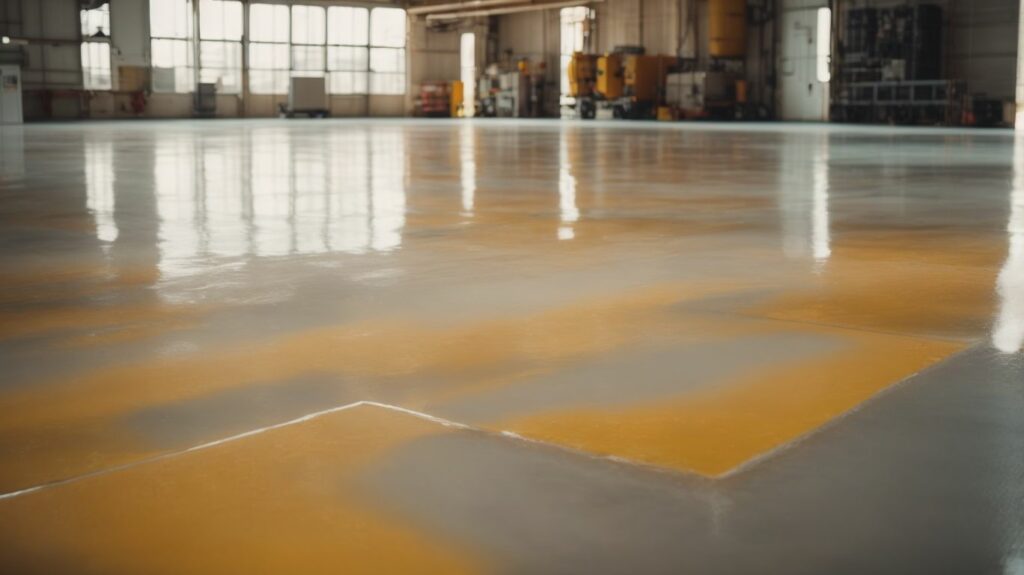
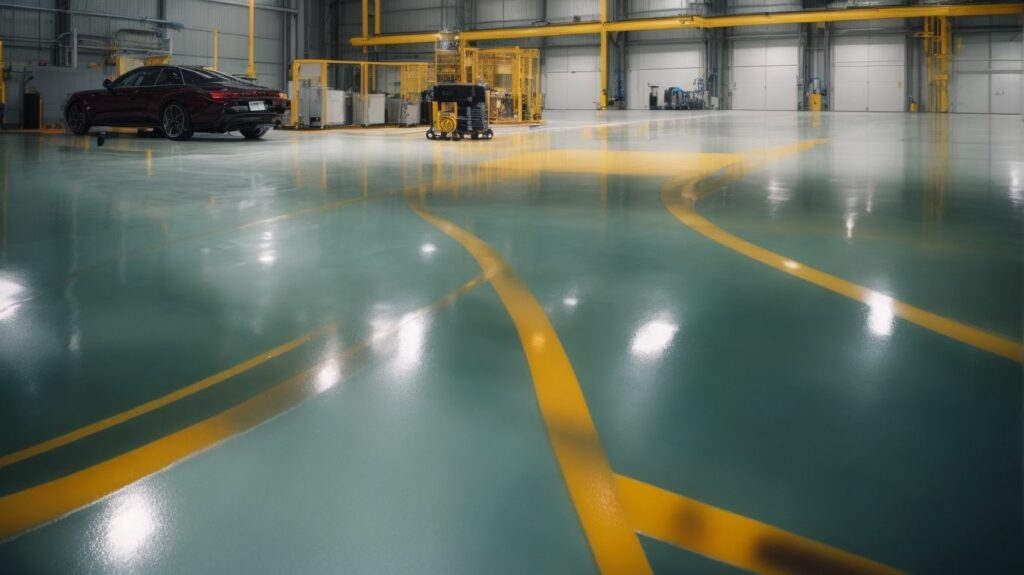


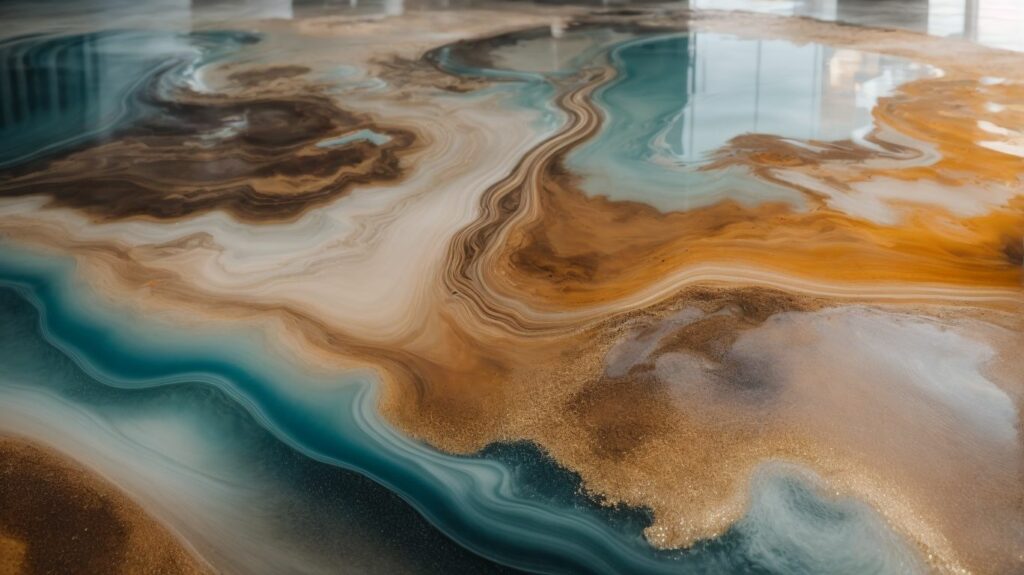
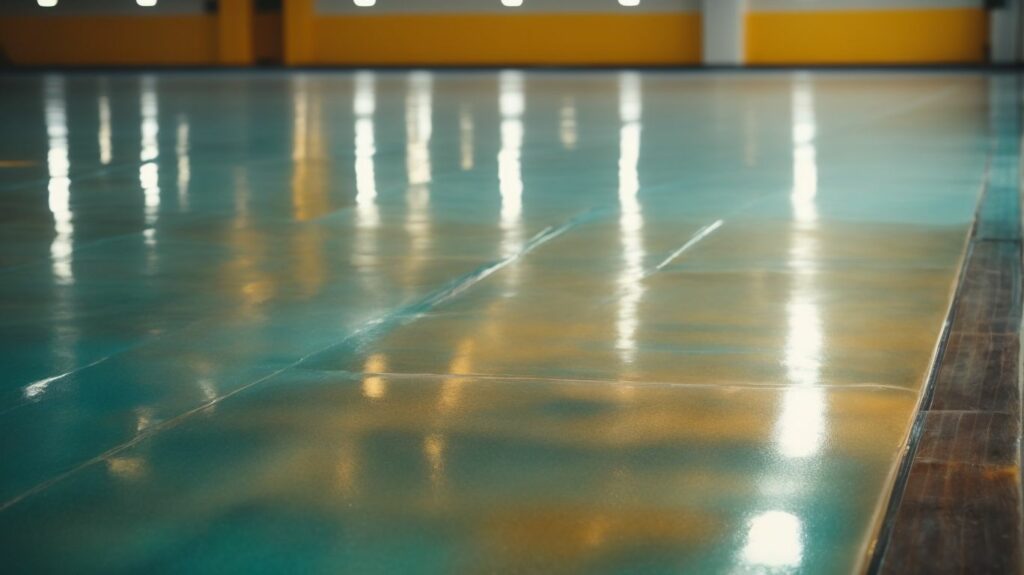

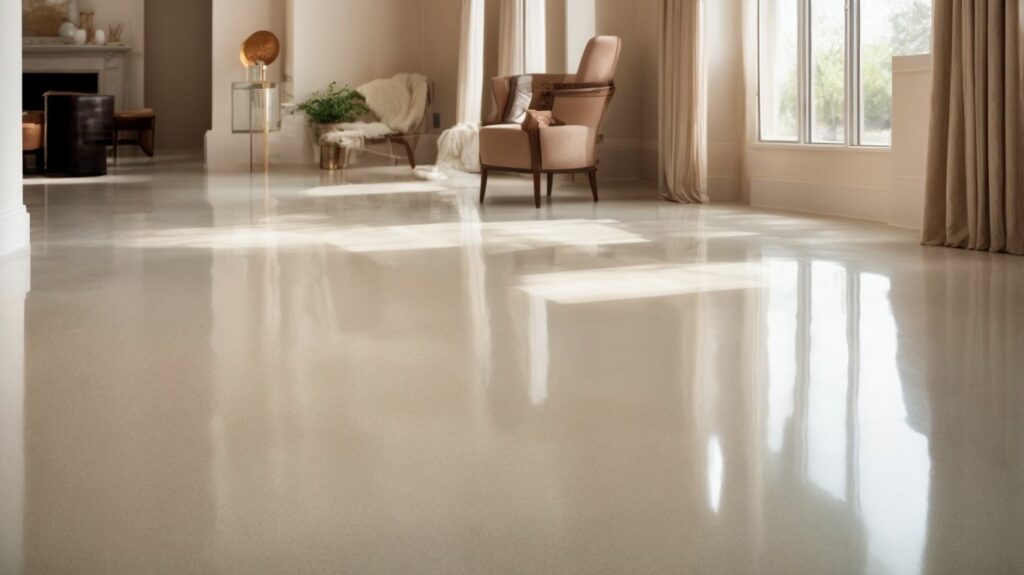
We Aim To Reply To All Enquiries With-in 24-Hours